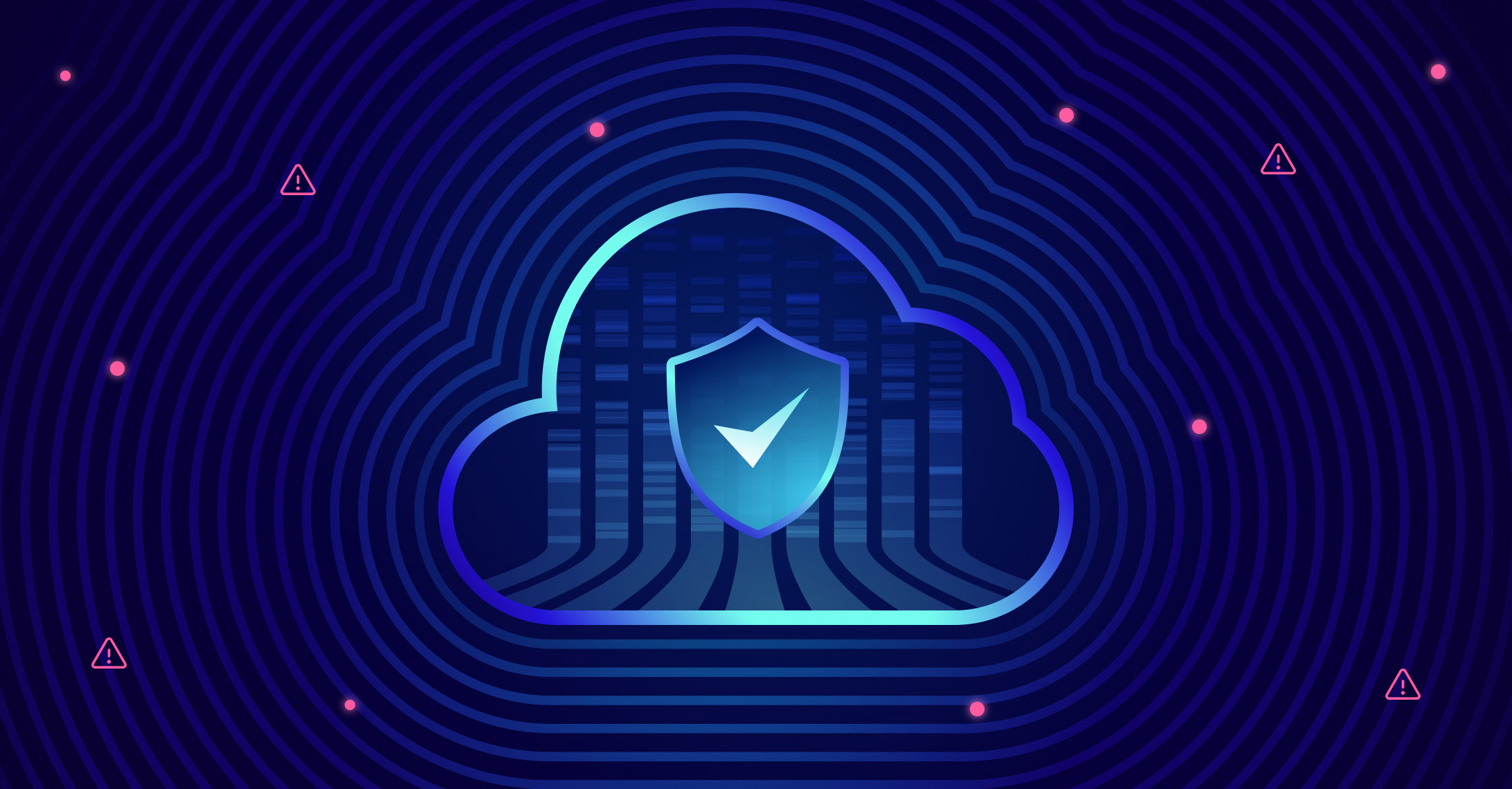
Whether it’s castle walls or firewalls, security has always had to innovate to keep up with changing times and new threats. Today, we’re seeing a similar shift in AppSec, with the move towards cloud-native applications (our recent survey showed 67% of applications are currently hosted in the cloud).
It is no longer possible to protect code solely with perimeter security and firewalls. Attack surfaces have grown and the once protected is now vulnerable. Open source has proved an invaluable resource to developers but can also be a backdoor for hackers. Enterprises are now releasing new versions of their code two or three times a day, making stringent security even more difficult.
The constantly changing nature of development means organizations ranging from hospitals to the world’s largest tech providers are under threat. We need to rebuild our virtual city walls to keep pace with the modern threat landscape.
Expanded armories
Oak shields have been replaced by SAST scans in this new world of security. The armory of enterprises has expanded rapidly with a myriad set of tools available to tackle vulnerabilities. However, this has led to the issue of how best to manage all these tools. And how to consolidate the data and results of each to provide complete visibility across the SDLC.
Each of these tools will produce alerts. Already overworked devs need to prioritize and focus on the ones that really matter. It’s no wonder so many vulnerabilities are ignored when bug reports are flying in from all sides.
From code to cloud
The rapid pace of innovation has resulted in the concept of “code to cloud” security. This centers around the proactive philosophy that security needs to be integrated from the very beginning of the software development lifecycle (SDLC), all the way to deployment and runtime.
The drawbridge has been replaced by dev experience. This means a culture of secure coding practices, static code analysis, and threat modeling to help identify and address vulnerabilities early on and at every stage of the SDLC. From the start it is crucial to guide developers with actionable remediation guidance. As the code progresses through the SDLC), cloud adoption introduces complexities, especially in deployment and the integration with continuous integration/continuous deployment (CI/CD).
A successful code to cloud program requires buy-in and integration with developers, AppSec, and leadership teams. That means:
- Continuous security monitoring in the cloud to detect and respond to threats in real-time.
- The need for incident response planning and procedures to effectively mitigate security breaches.
- Understanding the challenges of managing diverse security tools.
Environmental awareness
Castle building has been replaced by coding. Another factor that needs to be considered in secure development is the move towards Infrastructure as Code (IaC) – the process of provisioning and configuring an environment through code instead of devices and systems.
IaC is both a security opportunity and potential liability. Templates can enforce security best practices and ensure consistent security across cloud environments. But they can also introduce vulnerabilities. Errors in Code or misconfigurations of cloud resources may leave you open to serious compliance and security risks.
Protect your enterprise
It’s fair to say that your code will be a target for malicious actors for the foreseeable future. The invaders will continue to find new ways to breach the walls. You and your enterprise can’t afford to stand still.
Emerging technologies such as artificial intelligence (AI) and machine learning (ML) will play a role in automating security tasks and improving threat detection. It’s also crucial to stay informed about new security threats and vulnerabilities and adopt a proactive approach to cloud security.
Don’t let innovation overtake your security. Embrace a security culture centered on code to cloud with the help of Checkmarx.
Secure your apps from code to cloud
The post From Lines of Code to Cloud Security: Navigating the Future of Secure Development appeared first on Checkmarx.com.
Article Link: Code to Cloud: The Future of Secure Development